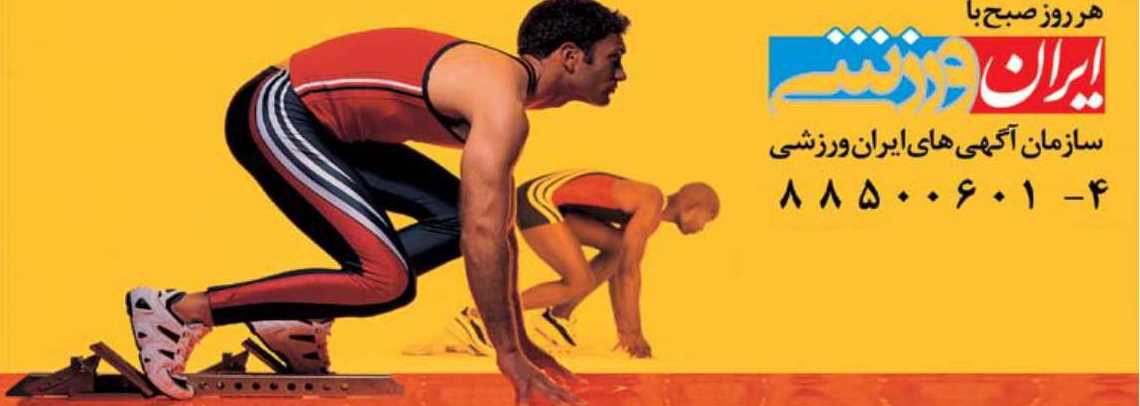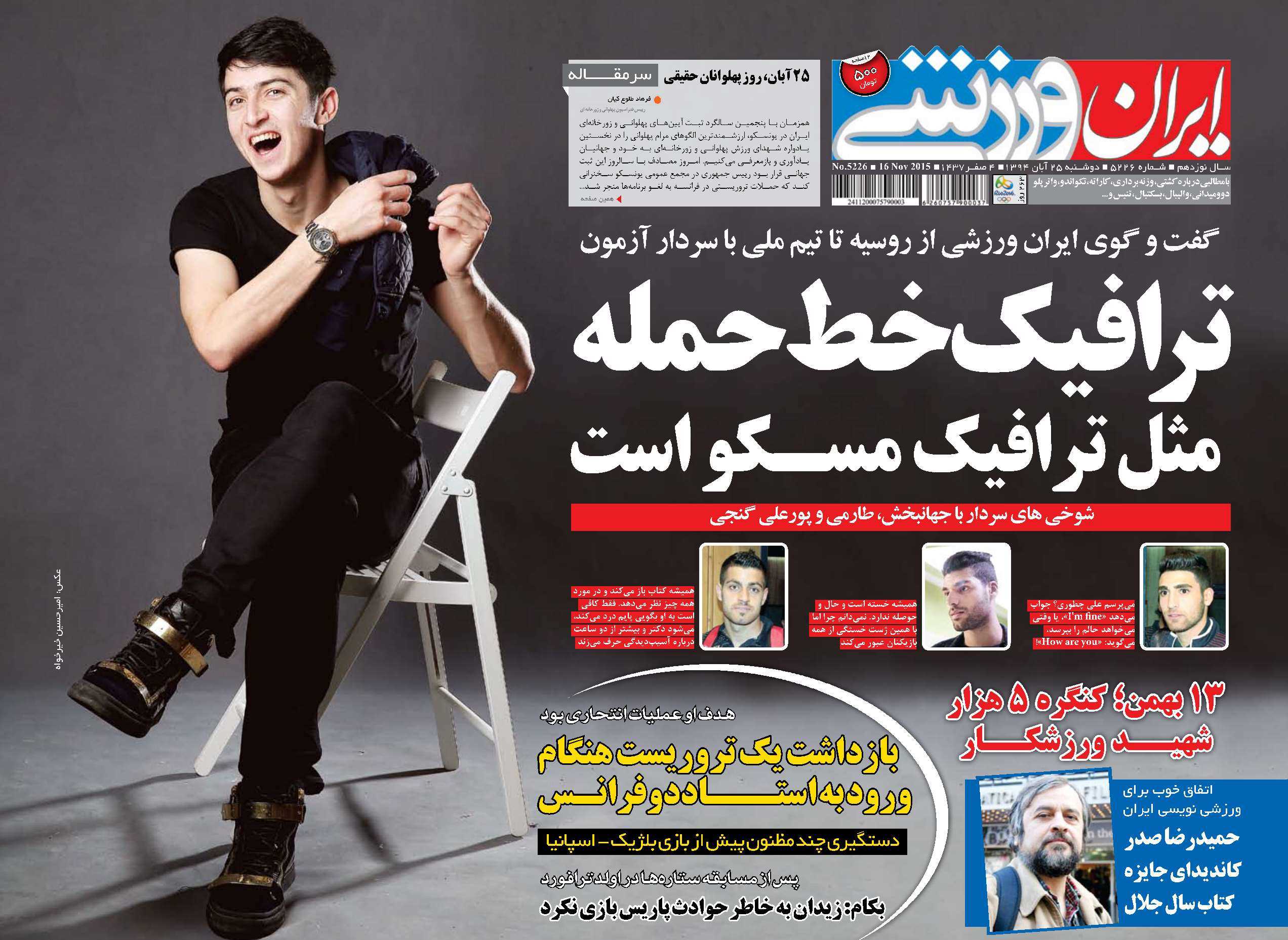|
|
ابوالفضل جلالی
سوغات تیم ملی
زبیر نیکنفس
از ترکیب خارج میشود؟
کوین یامگا
بازهم در خط حمله
هواداران معترض خطاب به اعضای هیأت مدیره
باندی از امارات ساپینتو را میزنند!
هواداران استقلال بهشدت نسبت به اتفاقاتی که زیر پوست استقلال رخ میدهد، نگرانند و بیم آن دارند وقایعی که در دوران مربیگری محمود فکری در استقلال رخ داد، بار دیگر تکرار شود و ساپینتو نیز از استقلال برود. هواداران معترض نگرانند که عملکرد ضعیف بازیکنان در بازیهای اخیر نوعی کم کاری به ضرر ساپینتو باشد تا زمینه بازگشت دیگر مربیان به استقلال فراهم شود! واکنش بازیکنان و مربیان به نگرانی هواداران
کم کاری ما دروغ است
«شما کم کاری میکنید!» این حرف هواداران معترض خطاب به بازیکنان است. بازیکنانی که انتظار ندارند چنین انتقادهایی بشنوند و بر این باورند که هواداران زود قضاوت میکنند و باید بیشتر صبوری کنند تا آنها با آرامش بیشتری در ادامه لیگ و جام حذفی حاضر شوند. خسرو حیدری که خود سالها بازیکن استقلال بوده و با این فضا بیگانه نیست وقتی چنین حرفهایی را از زبان هواداران معترض میشنود، این جمله را خطاب به آنها میگوید: «چنین چیزی به هیچ وجه صحت ندارد خیالتان راحت باشد که بازیکنان استقلال کم کاری نمیکنند. ما نهایت تلاشمان را به خرج میدهیم تا استقلال موفق شود. هم کادر فنی و هم بازیکنان.» سجاد شهباززاده، مهاجم استقلال نیز که در این فصل آمار قابل قبولی ندارد هم در واکنش به این اتهام چنین گفته است: «شایعه درست نکنید، در تیم ما هیچ بازیکنی کم کاری نمیکند.» درعین حال نیز برخی هواداران با دیدن چهره سیاوش یزدانی انتقادات بیشتری از این مدافع کردند. یکی از هواداران متعصب استقلال خطاب به یزدانی گفت: «وقتی هواداران با شما صحبت میکنند احترام بگذارید و پاسخگو باشید. از جنس مردم باشید. ما مدتی درگیر PHD شما بودیم! هوادار استقلال در سرما و گرما کنار شما است.» کارشناس
|
|
آدرس مطلب:
آدرس مطلب:
آدرس مطلب:
آدرس مطلب:
آدرس مطلب:
آدرس مطلب:
|































